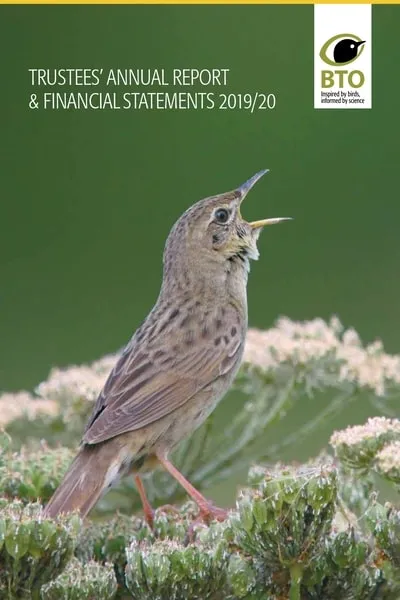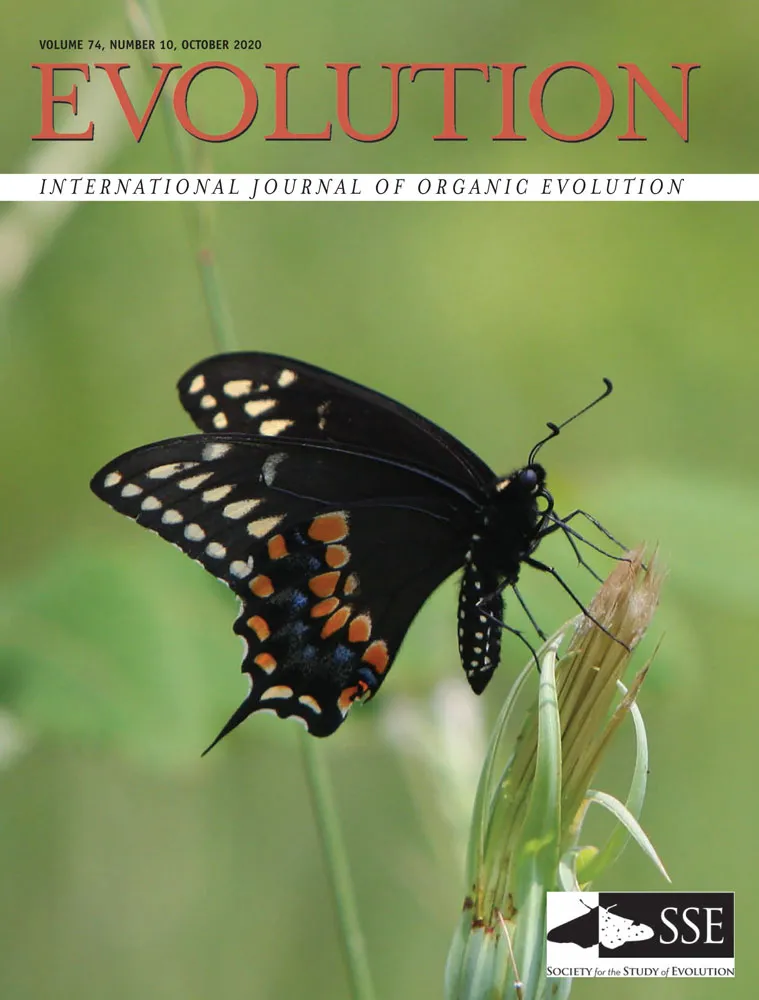BTO create and publish a variety of important articles, papers, journals and other publications, independently and with our partners, for organisations, government and the private sector. Some of our publications (books, guides and atlases) are also available to buy in our online shop.
Annual report of the Seabird Monitoring Programme
Seabird Population Trends and Causes of Change: 1986–2023
This report presents the latest seabird population trends in breeding abundance and productivity using data from the Seabird Monitoring Programme (SMP).
The report documents changes in the abundance and productivity of breeding seabird species in Britain and Ireland from 1986 to 2023, and provides a detailed account of the 2021, 2022 and 2023 breeding seasons.

Search settings
DNA diet profiles with high‐resolution animal tracking data reveal levels of prey selection relative to habitat choice in a crepuscular insectivorous bird
Author: Evens, R., Conway, G., Franklin, K., Henderson, I., Stockdale, J., Beenaerts, N., Smeets, K., Neyens, T., Ulenaers, E. & Artois, T.
Published: 2020
01.10.20
Papers
Phenological mismatch between breeding birds and their surveyors and implications for estimating population trends
Author: Massimino, D., Harris, S.J. & Gillings, S.
Published: 2020
Several studies in recent decades, including those led by BTO, have demonstrated that many birds are migrating or breeding earlier as the climate changes. These so-called phenological shifts could have implications for monitoring, if people counting birds also change the dates on which they make surveys in ways that affect their likelihood of detecting birds. New BTO research has sought to investigate this, using data from the BTO/JNCC/RSPB Breeding Bird Survey (BBS). Data collected in South-East England were compared between two different five-year periods: 1994–98 and 2013–17. SE England was chosen because this is the region of the UK in which the largest sample of BBS squares is available, and the study's authors wanted to eliminate any regional biases in their findings.The research showed that BBS volunteers advanced the dates of their visits by up to four days between 1994–98 and 2013–17. By contrast, the detection patterns of most species had changed less, generally by no more than two days, and were both advanced and delayed. For some species this means that surveys may better hit the peak of activity than they used to, whilst for others, surveys may now tend to miss the peak of activity. Although possible biases introduced to BBS results and population trends derived from these data were mostly small, they could have consequences, especially for the classification of Red-listed species. For example, the decline in Kestrel numbers becomes great enough for this species to qualify for the Red List if survey timing is accounted for.BBS monitors around 120 bird species using a single method that is designed to be generally applicable to a wide range of species. The authors note that whilst it might be tempting to shift surveys progressively earlier, not all species are breeding earlier, with some now breeding later, meaning it is impossible to track every species. They suggest that surveyors should maintain fixed survey dates as much as possible, and instead visit timing should be factored into the analysis of BBS data. Overall, the research demonstrates the importance of accounting for accelerating phenological change in the design of surveys for monitoring wildlife and the statistical models used to analyse the resulting data, especially given current climate change scenarios.
30.09.20
Papers
Annual Report & Accounts 2019/20
Author:
Published: 2020
The end of this financial year has, of course, coincided with the global pandemic which has changed all of our lives.
14.09.20
Reports

Evolution of chain migration in an aerial insectivorous bird, the Common Swift Apus apus
Author: Åkesson, S., Atkinson, P.W., Bermejo, A., de la Puente, J., Ferri, M., Hewson, C.M., Holmgren, J., Kaiser, E., Kearsley, L., Klaassen, R.H.G., Kolunen, H., Matsson, G., Minelli, F., Norevik, G., Pietiäinen, H., Singh, N.J., Spina, F., Viktora, L. & Hedenström, A.
Published: 2020
The highly aerial Common Swift Apus apus, which spends the non‐breeding period on the wing, has been found to exhibit a rarely‐found chain migration pattern.
04.09.20
Papers

Behavioural responses of non-breeding waterbirds to drone approach are associated with flock size and habitat
Author: Jarrett, D., Calladine, J., Cotton, A., Wilson, M.W. & Humphreys, E.
Published: 2020
Newly published research, carried out by staff at BTO Scotland, has investigated the response to wintering waterbirds to drones, and shown that they can be easily scared into flight by drone use.
01.09.20
Papers
